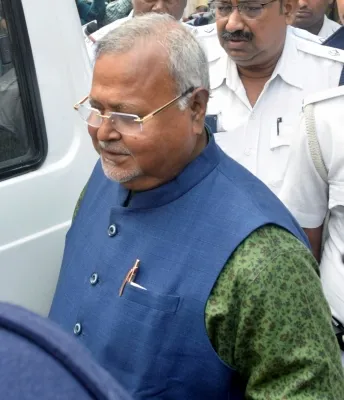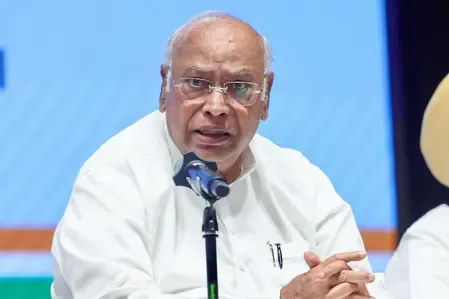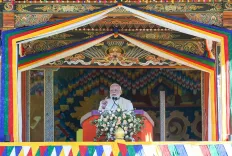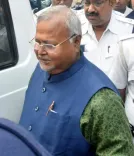What Did PM Modi Say About UNESCO's Recognition of the Maratha Forts?
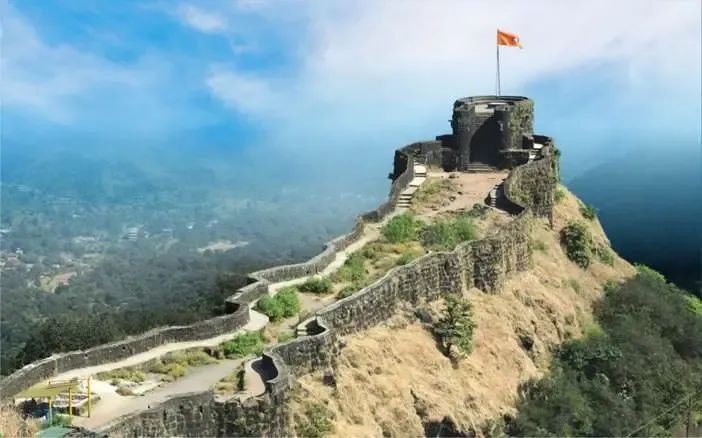
Synopsis
Key Takeaways
- UNESCO has recognized 12 Maratha forts as World Heritage Sites.
- Each fort has a unique historical significance.
- These forts embody India's culture and dignity.
- Visiting these sites fosters national pride and awareness.
- PM Modi encourages exploration of India's rich heritage.
New Delhi, July 27 (NationPress) Prime Minister Narendra Modi commended UNESCO's designation of the 12 Maratha forts as a World Heritage Site, asserting that these forts are emblematic of India's rich history, culture, and dignity.
During the 124th episode of his monthly radio show 'Mann Ki Baat', he encouraged citizens to explore these forts scattered throughout India. He highlighted the pride and joy that visiting these historic sites brings, serving as a reminder of the valiant warriors who stood strong against challenges.
"UNESCO has identified 12 Maratha forts as World Heritage Sites—11 located in Maharashtra and one in Tamil Nadu. Each fort holds a chapter of history; every stone bears witness to significant events," PM Modi stated.
In his address, he spotlighted several remarkable forts, including Salher Fort, where the Mughals faced defeat, and Shivneri Fort, the birthplace of Chhatrapati Shivaji Maharaj.
He also mentioned Khanderi Fort, which stands in the ocean, making it a challenging target for invaders. Furthermore, he referenced Pratapgarh Fort, where Afzal Khan was conquered, and Vijaydurg Fort, known for its secret tunnels that reflect Shivaji Maharaj's strategic brilliance.
"A few years back, I visited Raigad and paid homage to the statue of Chhatrapati Shivaji Maharaj. That moment is etched in my memory forever," he remarked.
"There are numerous other magnificent forts across the country that have withstood invasions and harsh weather, yet have never compromised their dignity," PM Modi noted.
He also mentioned the forts of Chittorgarh, Kumbhalgarh, Ranthambore, Amer, and Jaisalmer in Rajasthan; Gulbarga Fort, and Chitradurga Fort in Karnataka; Kalinjar Fort, along with several others in Uttar Pradesh.
"These forts represent more than just bricks and mortar; they are symbols of our culture. To this day, our heritage and dignity are reflected in the towering walls of these forts," PM Modi concluded.
He urged everyone to visit these forts and delve into the cultural and historical essence of India.


